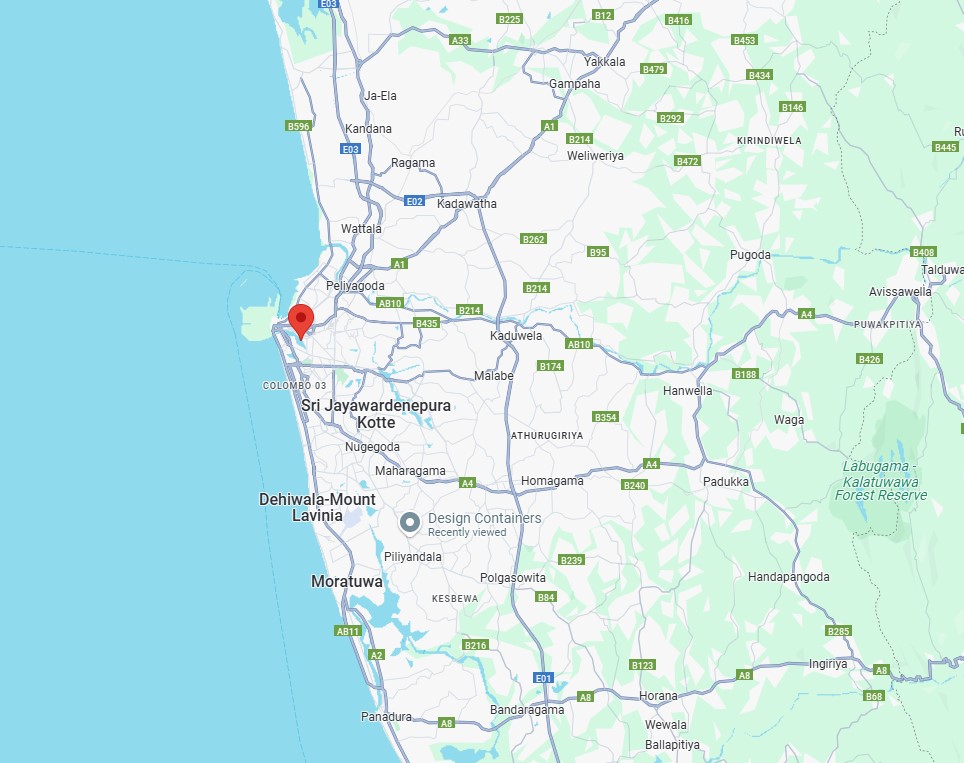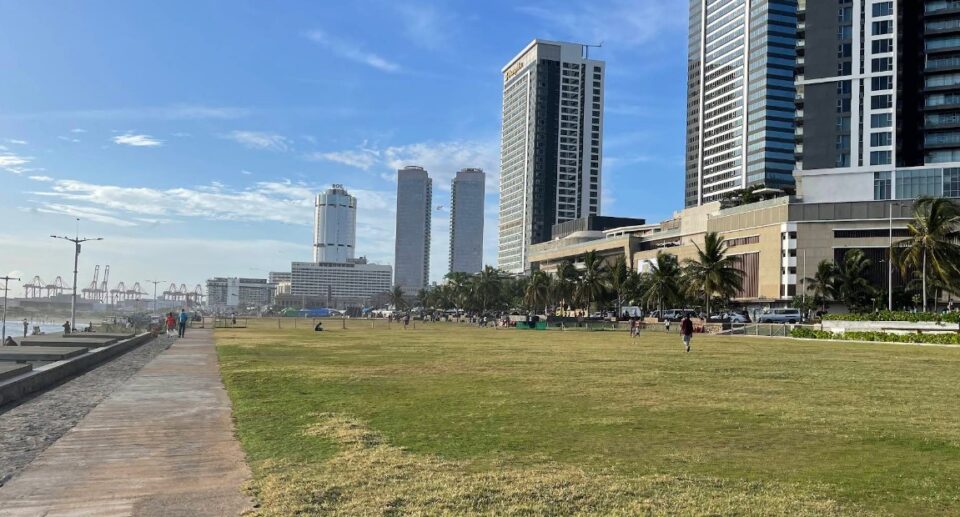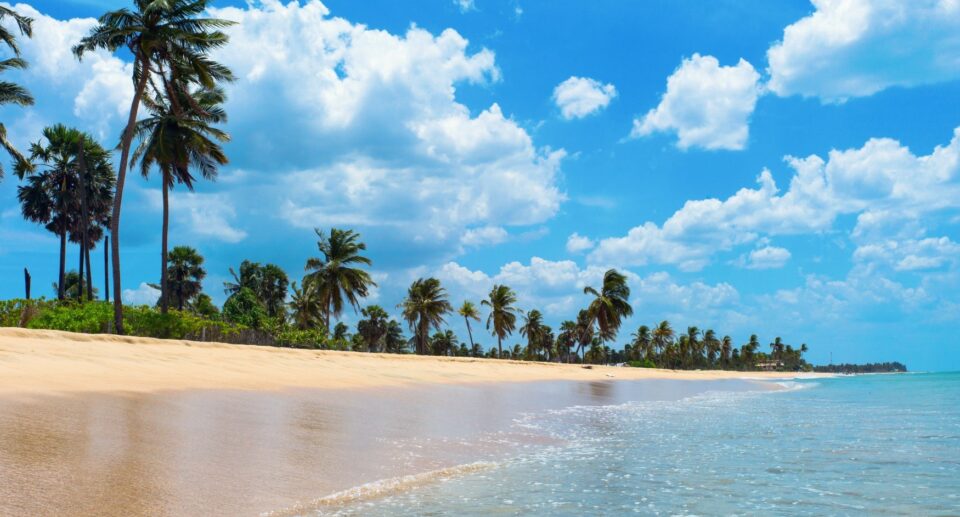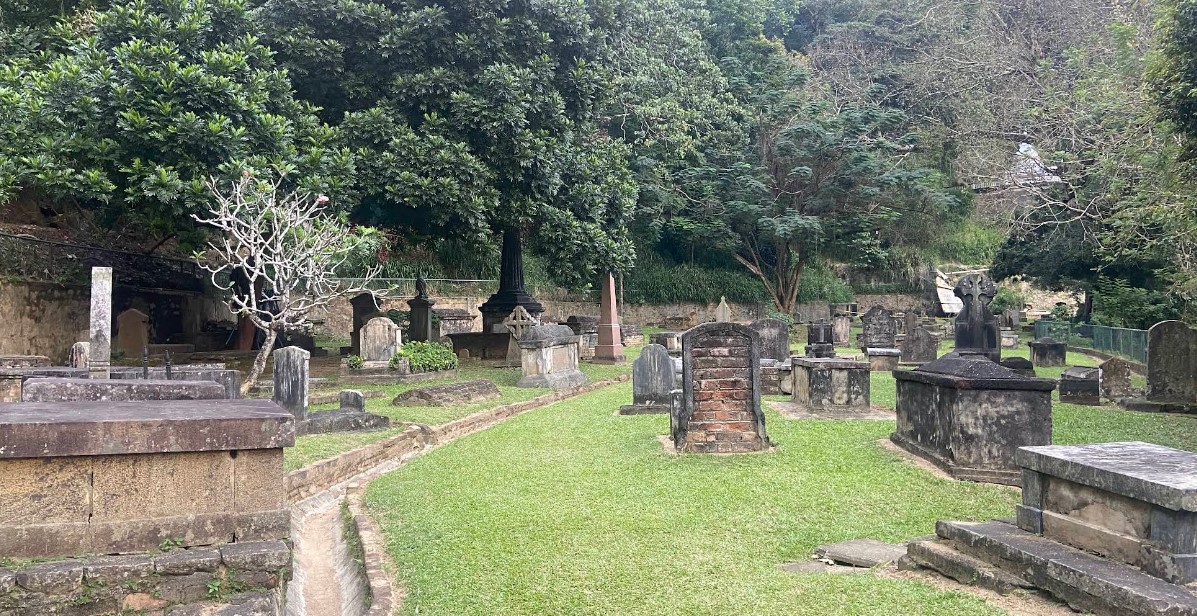Colombo Lotus Tower: A Modern Marvel in the Heart of Sri Lanka
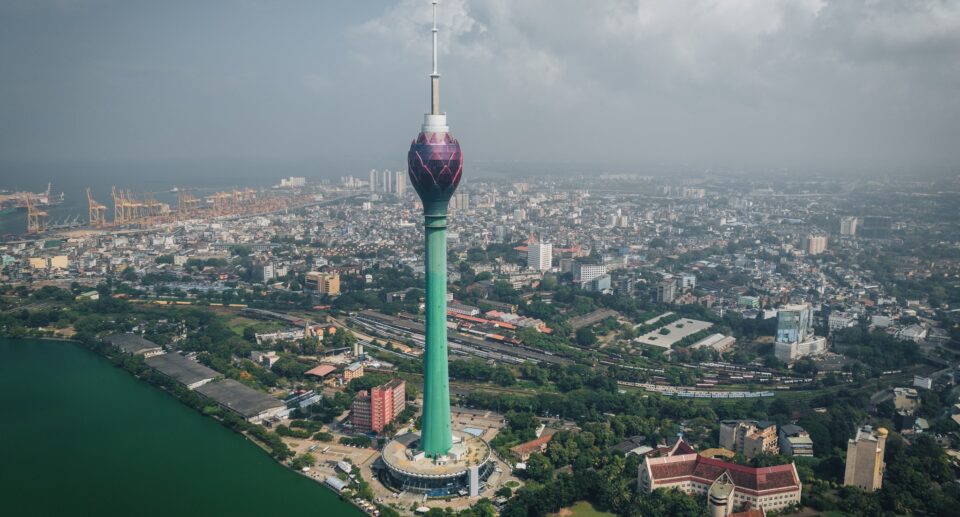
Introduction
Dominating the Colombo skyline with its distinctive flower shape and dramatic height, the Lotus Tower formally known as Nelum Kuluna in Sinhala is South Asia’s tallest building and a bold symbol of Sri Lanka’s aspirations to technological and economic advancement. Rising an impressive 356 meters (1,168 feet) into the air, this symbolic communications tower is not just an engineering marvel; it’s a symbol of national pride, cultural heritage, and visionary aspiration.
Having been made accessible to the public in 2022, the Lotus Tower has emerged as one of the must-visit attractions in Sri Lanka, welcoming tourists, technology enthusiasts, and urban explorers. From its panoramic view observation deck to its revolving restaurant, the tower offers a blend of experiences that focus on innovation and heritage.
Historical Background and Development
The Lotus Tower idea was first put forward in 2006 as one of a series of government initiatives to modernize telecommunications infrastructure and give the capital city a landmark symbol. It began construction in 2012, funded largely by a $104.3 million EXIM Bank loan from China, and built by the China National Electronics Import & Export Corporation.
After a series of delays, cost overruns, and political scandals, the tower was finally completed in 2019. However, it was not opened to the public for a number of years due to administrative and operational issues. It was only in September 2022 that the Lotus Tower was open to the public, leading to a new wave of tourism and public interest.
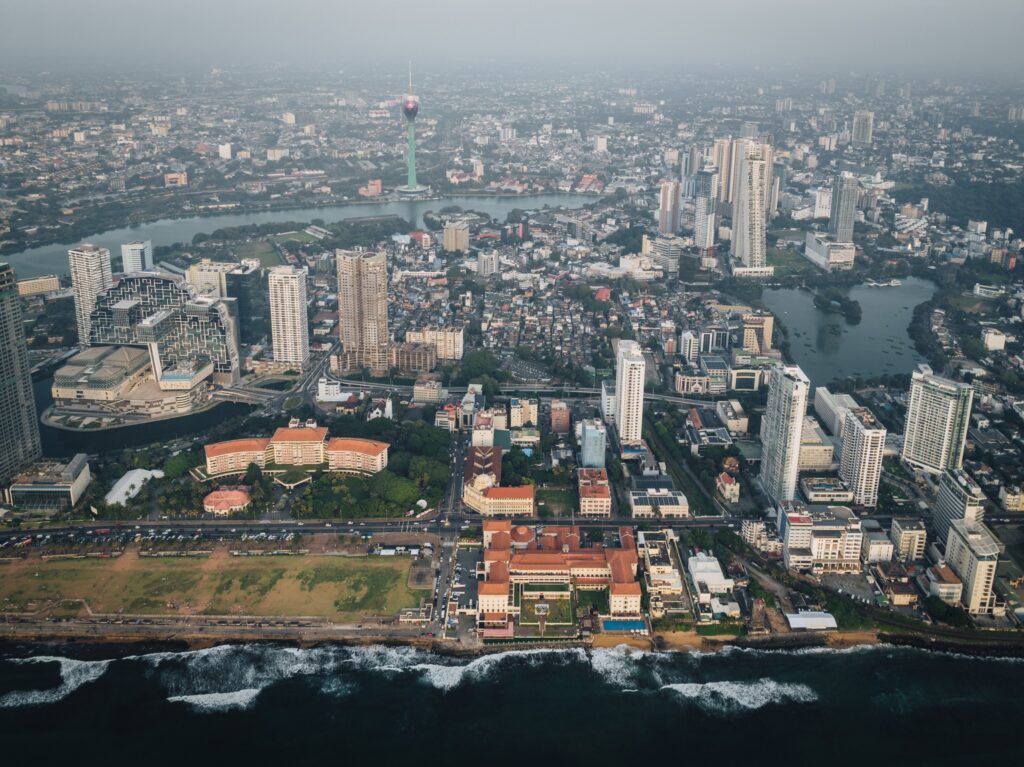
Architecture and Design
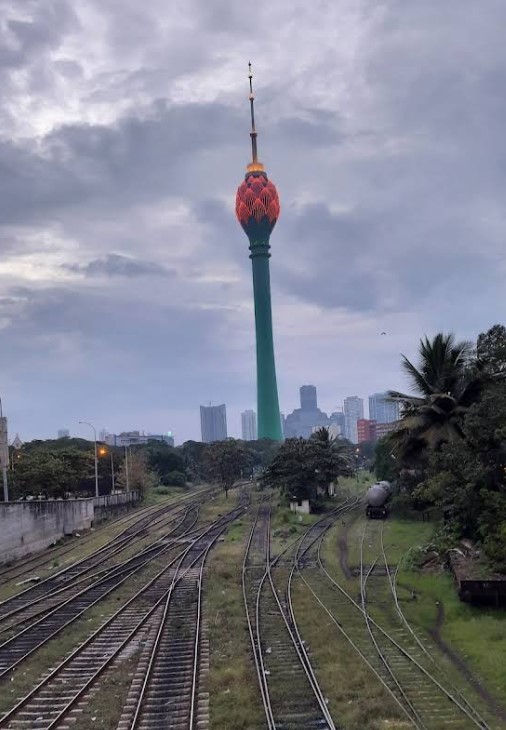
The shape of the Lotus Tower draws profound inspiration from Sri Lankan religious and cultural symbolism. The lotus flower, which is sacred in Sri Lanka’s Buddhist, Hindu, and indigenous beliefs, is an icon of purity, enlightenment, and rebirth. The top of the tower is therefore shaped like a blooming lotus with clean lines and radiant colors that provide the tower with prestige on the Colombo skyline.
Structural Features:
Total Height: 356 meters (1,168 feet)
Lotus Pod Section (bulb-shaped top section): Provides space for observation decks, restaurants, and event spaces
Stem Section: Provides space for elevators, communication systems, and vertical transport
Base Area: Covers 10 acres and includes parking, a convention center, exhibition spaces, and landscaped gardens
The tower is illuminated at night, thanks to LED lighting that envelops it in hues of green, pink, purple, and blue—offering a stunning view visible from miles away.
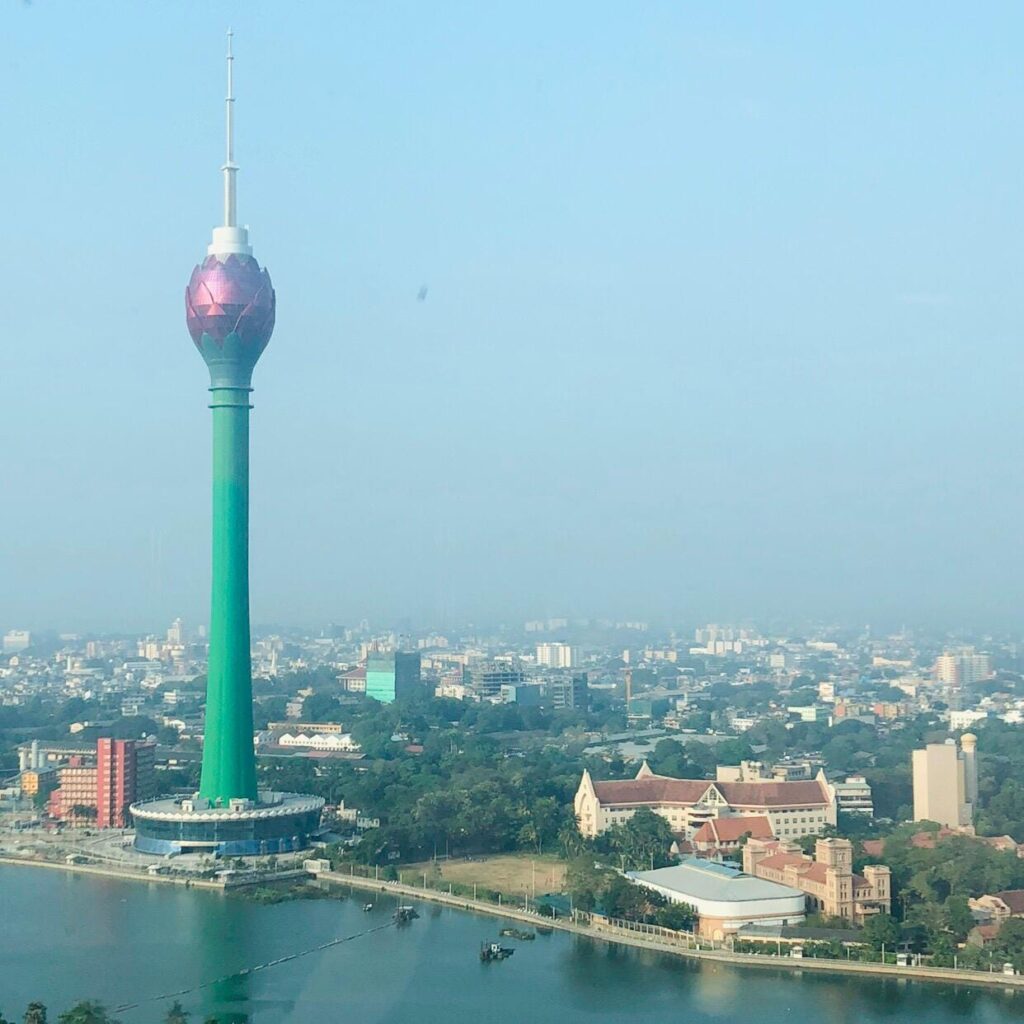
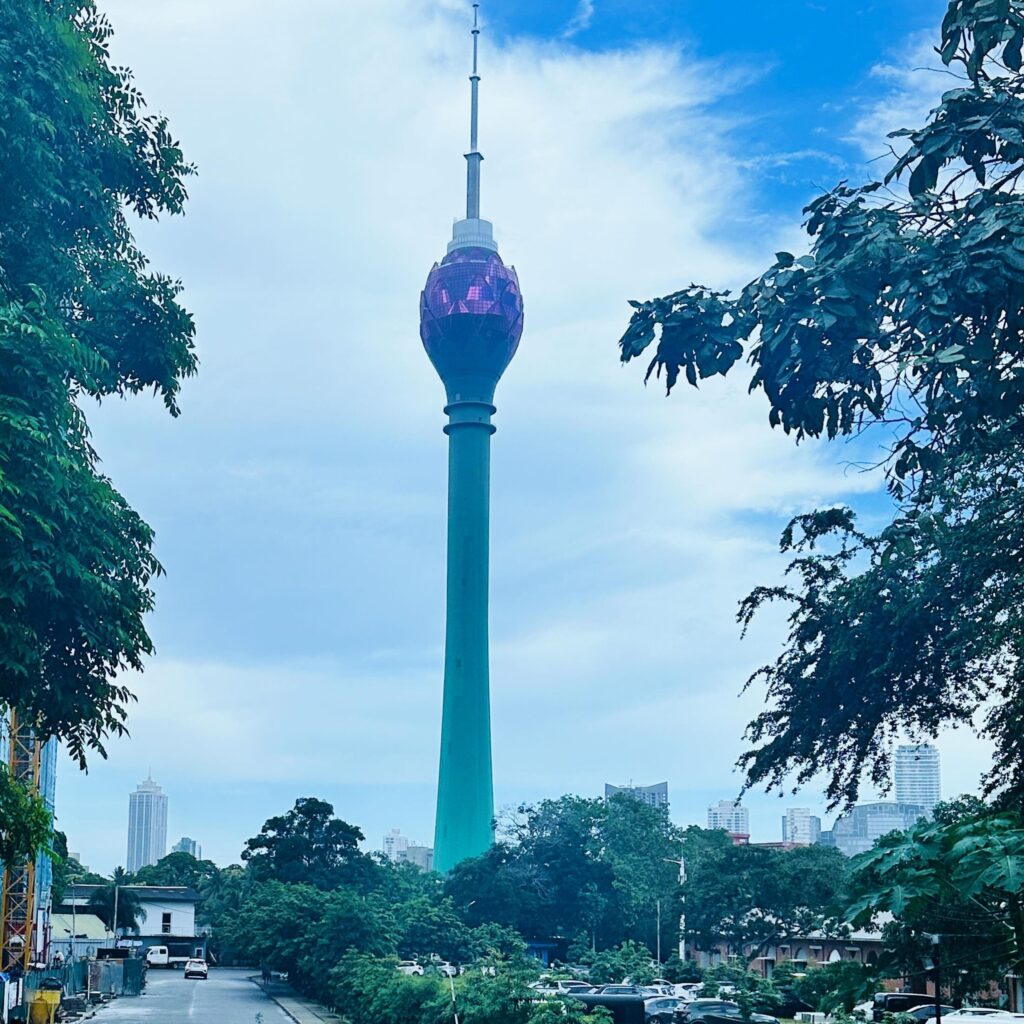
Key Attractions at the Lotus Tower
The Lotus Tower is not just for show it’s a multi-purpose complex designed to serve a variety of purposes:
Retail and Entertainment Zone
The lower levels of the tower complex are being proposed as a shopping and entertainment complex, and ideas for digital cinemas, gaming zones, and a tech museum are already in the pipeline.
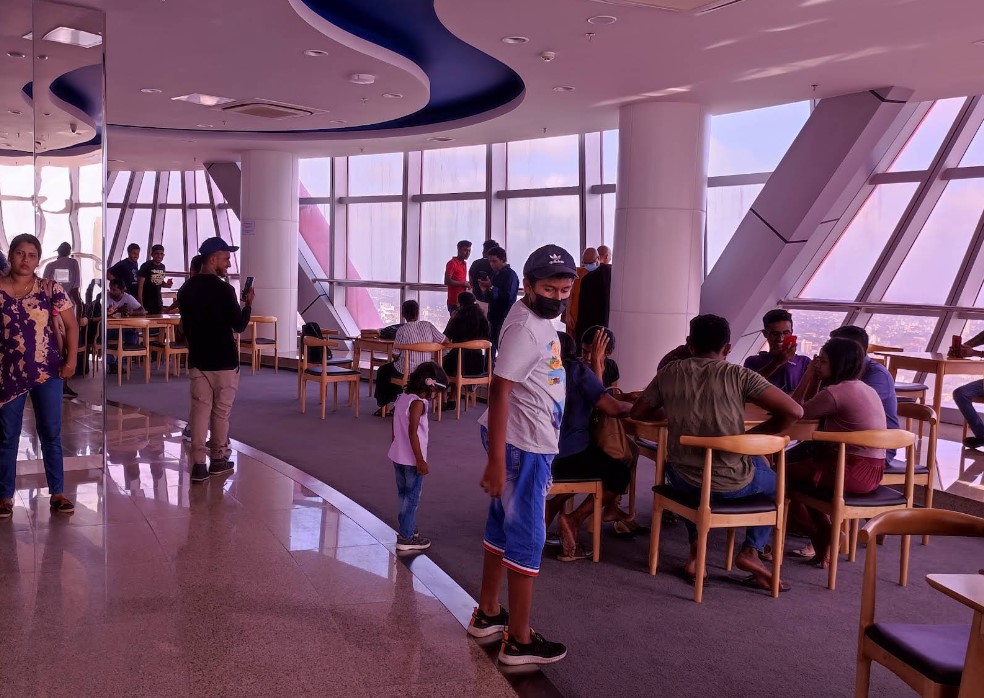
Observation Deck
Located at around 244 meters, the observation deck offers 360-degree views of Colombo, the Indian Ocean, and even distant mountain ranges on good days. Telescopes and interactive maps are available to help recognize significant landmarks.
Revolving Restaurant
The tower has a rotating restaurant, which completes its round every 90 minutes and treats the clientele with a progressively evolving view of the city as they savor the local as well as the international cuisine. It is suitable for romantic dining, family day-out, as well as for conducting business.
Banquet Halls and Conference Rooms
The tower boasts state-of-the-art event spaces suitable for corporate functions, wedding receptions, exhibitions, and cultural performances. The spaces come equipped with advanced audiovisual facilities and stylish interior decor.
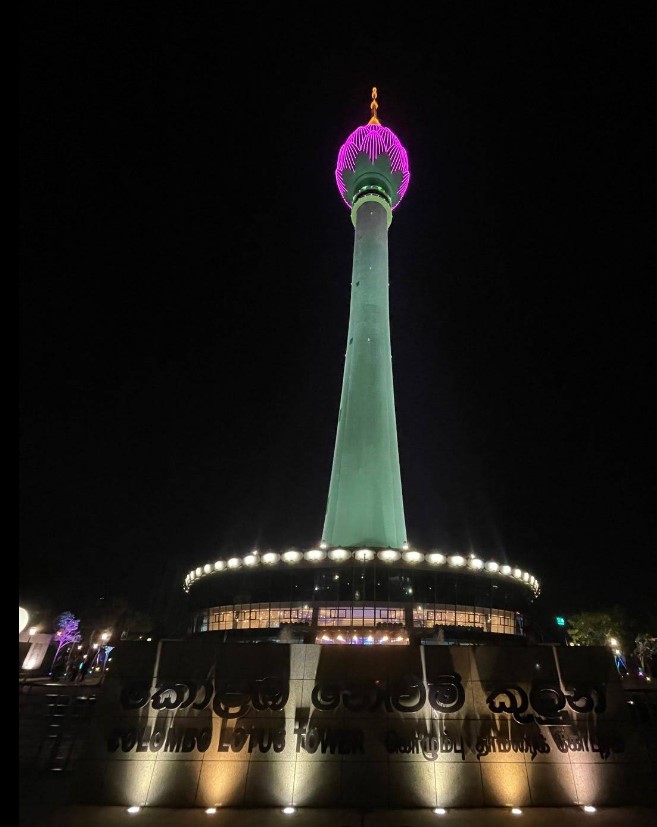
Telecommunication Hub
While its tourism component draws the most media attention, the tower was originally conceived as a broadcasting and telecommunication hub. It enhances radio, television, and cellular signal reception throughout the region, with its height offering better transmission than conventional towers.
Cultural Significance
While it is a product of modern architecture and foreign engineering, the Lotus Tower is also a representation of Sri Lankan heritage. Its lotus shape aligns with spiritual imagery in Buddhism and Hinduism, and the dominance of the tower over the cityscape aligns with ideas of progress and pride in a post-colonial world.
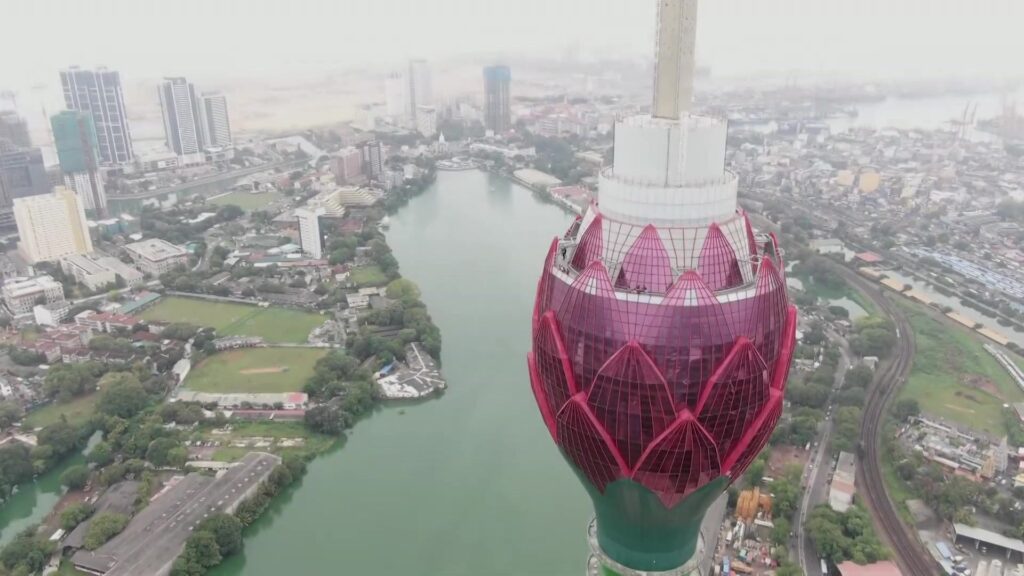
It contrasts with its more established colonial contemporaries like the Galle Face Hotel or the Old Parliament Building, putting together the ascension of Colombo’s identity as colonial capital to modern South Asian metropolis.
Criticism and Controversy : Despite its grandeur, the Lotus Tower has not been free from controversy.
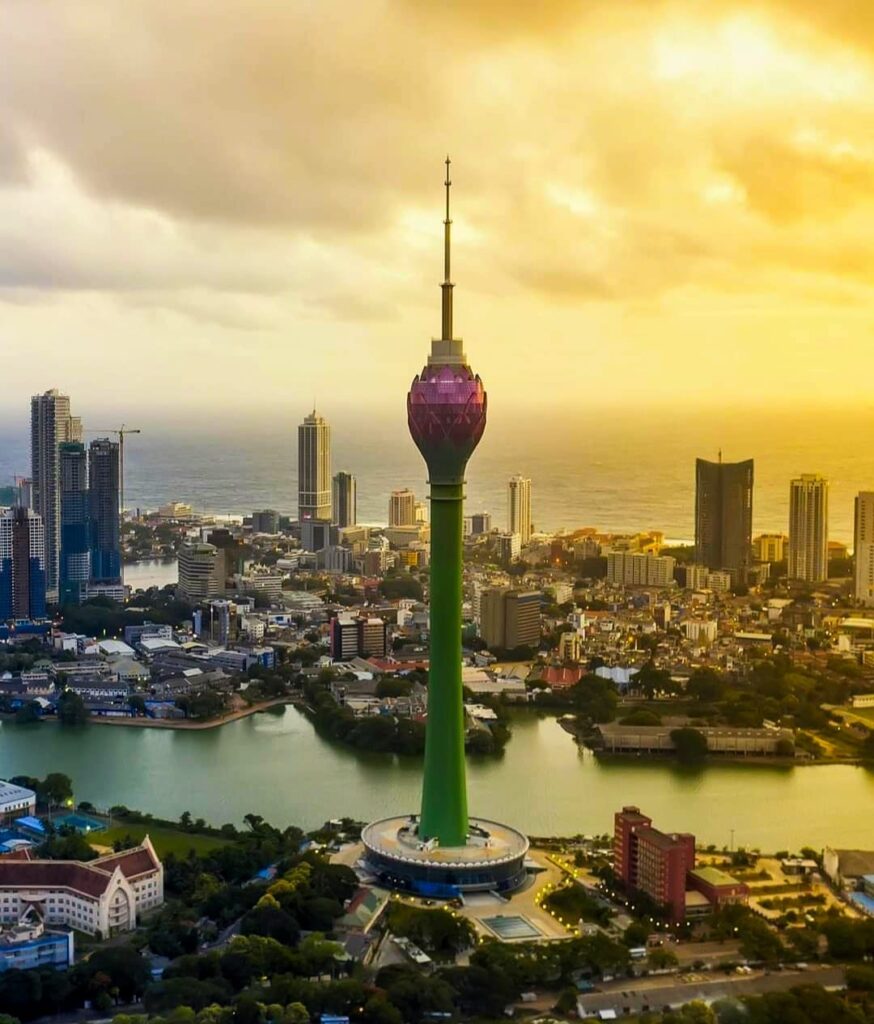
Cost and Financing Issues
It cost more than $100 million to build the tower, with money made available through a Chinese loan. It has been labeled a “white elephant”, and people have questioned the cost effectiveness, especially in the context of Sri Lanka’s recent economic downturns.
Delays and Administration Issues
The project was delayed a number of times and was not finished until years after. Transparency in project management and contracts were in doubt.
Prioritization of Crisis
When Sri Lanka was facing economic hardship and fuel shortages, some felt that the money spent building the tower could have been better spent on basic services. Despite this, the majority of citizens and tourists have embraced the tower as a move in the right direction towards modernity and a key tourist attraction.
Visiting the Lotus Tower: What You Need to Know
Location The tower is located in Colombo 10 (Maradana area), close to Beira Lake and the railway station.
Opening Hours Open daily from 9 AM to 10 PM Last ticket sales are generally at 9 PM
Ticket Prices Locals and foreign tourists have different rates. As of 2025, approximate ticket prices are: Sri Lankan Adult: LKR 500–750
Foreign Adult: USD 20 (varies based on access level)
How to Get There
Easily accessible by tuk-tuk, taxi, or public transport. Ample parking space is available for private vehicles.
Best Time to Visit
Evening hours (5 PM – 8 PM) are ideal for enjoying sunset views followed by night-time cityscapes illuminated by lights.
Future Developments he Lotus Tower is still evolving. Future plans include: Skywalk experience at the top Technology museum showcasing Sri Lankan innovations Augmented reality experiences for tourists Expanded retail and entertainment zones These developments aim to make the tower not just a viewing point, but a full-fledged urban attraction.
